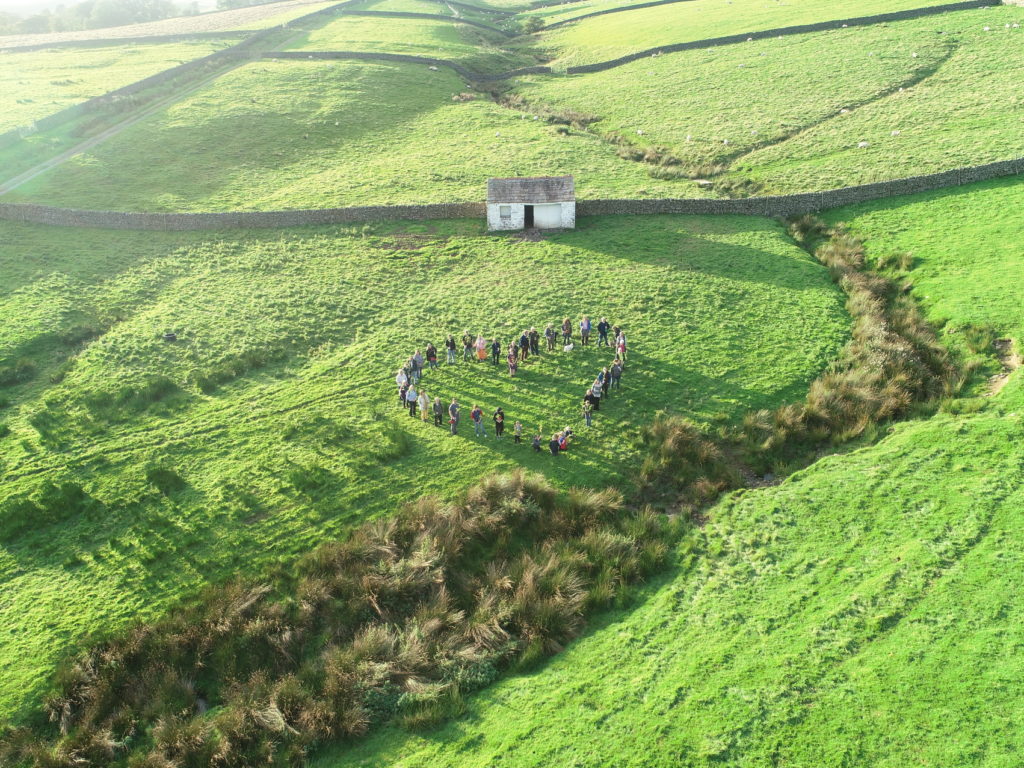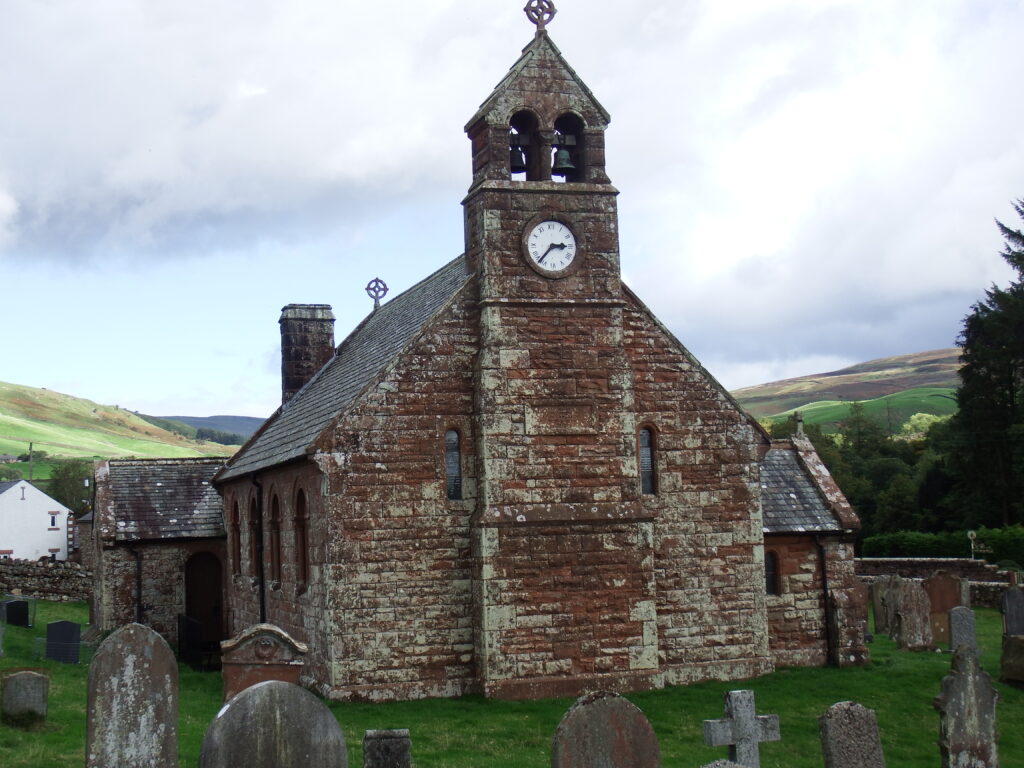What’s special?
Archaeology: Iron Age
Iron Age (c800BC-AD80)
From about 800BC, iron technology was introduced into the North Pennines, marking the onset of the Iron Age.
Iron technology allowed for the production of better quality tools and weapons, and iron ore was much more readily available than bronze, but there is little evidence that its introduction had any dramatic effect on local settlement patterns. Elsewhere in northern England, Iron Age communities built great hillforts, but no such structures are known from the North Pennines. Settlement continued to expand gradually throughout the lower slopes of the dales during the Iron Age and into Roman times; it can be impossible, without excavation, to distinguish between Iron Age farmsteads from before the Roman Conquest and similar sites occupied during the Roman occupation known to archaeologists as ‘Romano-British’ farmsteads.
Settlements
Settlements from this time have been recognised in many places, for example in Weardale, Teesdale, the Eden Valley and on Stainmore, often with contemporary field systems. About 20 previously unknown examples have been recently discovered by the Miner-Farmer project on Alston Moor. Two such settlements were excavated in the 1970s at Forcegarth Pasture, near High Force in Teesdale: finds included Roman and native pottery, quern stones, spindle whorls, loom weights and evidence of iron smithing. Similarly, the recent excavation of a stone-built roundhouse on Bollihope Common (Weardale) uncovered evidence for agricultural activity and iron working.












